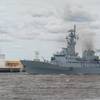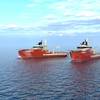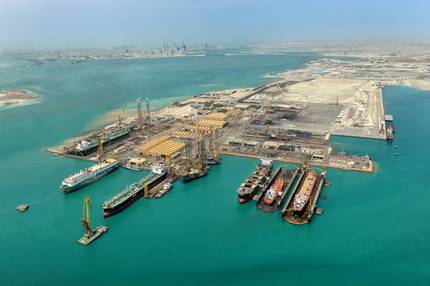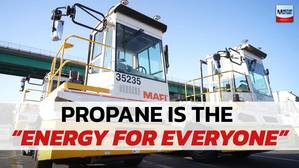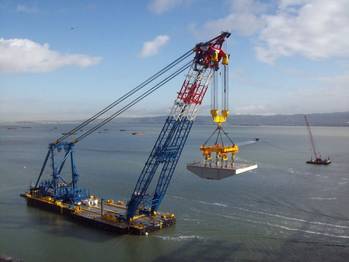Fincantieri Moves Beyond Steel with Composites Deal for Naval Shipbuilding
Italy’s Fincantieri has signed a memorandum of understanding (MoU) with Aeronautical Service, a small and medium-sized enterprise specializing in aerospace solutions, to advance the use of carbon-based composite materials in naval shipbuilding.
The agreement aims to introduce composite technologies across civil and military platforms, reducing reliance on steel and extending Fincantieri’s technological perimeter into high-performance and stealth applications.
The companies plan to collaborate on developing a new high-speed Fast Patrol Boat (FPB) vessel, built with carbon-fiber composites enhanced by nanotechnology. The craft will feature reduced radar, infrared and magnetic signatures, as well as fire-retardant and ballistic-resistant materials, integrated self-defense systems, and drone support capabilities.
“With this agreement we clearly affirm our pioneering role in introducing composite materials at sea. It represents a technological paradigm shift that aims to combine innovation, safety and sustainability across all strategic civil and military applications. We are pleased to collaborate with Aeronautical Service, a technologically advanced SME, to jointly design the next generation of shipbuilding,” said Pierroberto Folgiero, CEO and Managing Director of Fincantieri.
“For Aeronautical Service, it is a great honor to collaborate with a group of excellence such as Fincantieri. This fully Italian agreement strengthens our mission to transfer innovation to leading industrial partners, enhancing our expertise in advanced materials and next-generation platforms,” added Kris Bordignon, CEO of Aeronautical Service.
Carbon composite materials, enhanced with nanotechnologies and proprietary engineering solutions, provide a set of key benefits: structural lightness, reduction of radar, infrared and magnetic signatures, high mechanical strength, ballistic protection, fire resistance, and modularity. These features make them strategic both for the evolution of military platforms and for civil applications in sectors where performance and safety are essential.




